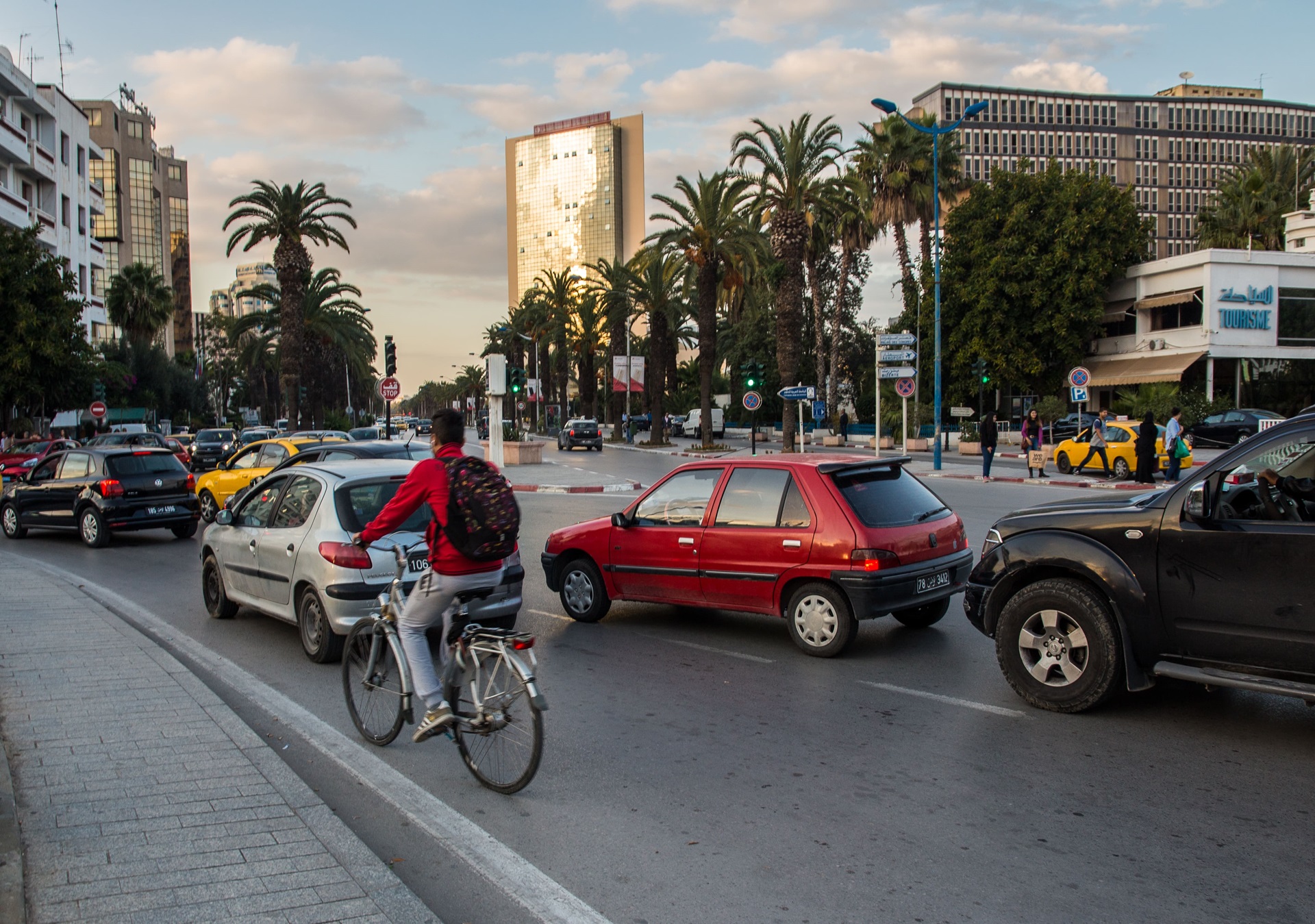1.1. Institutional coordination and governance for equity-oriented local area management
Building robust local governance structures to foster equity-oriented management across sectors is crucial to advance health equity. This core area aims to formalize mechanisms that enable collaboration between government entities, civil society and populations in conditions of vulnerability, ensuring that decisions address the interconnected needs of diverse groups. By prioritizing equity and shared responsibility, this area of work promotes transparent, accountable and inclusive governance processes that empower local actors to lead change effectively.
Examples from SIMASHE
/social-determinants-of-health-(sdh)/equity-and-health-(eqh)/1_1_1_chile_local-health-equity-tables-for-social-determinants-of-health-centered-integration-in-simashe-municipalities--chile.tmb-1920v.jpeg?sfvrsn=5ae6d1f4_1)
/social-determinants-of-health-(sdh)/equity-and-health-(eqh)/1_1_2-peru_avances-format.tmb-1920v.jpg?sfvrsn=d310e6c1_1)
Examples from related work and initiatives
/social-determinants-of-health-(sdh)/equity-and-health-(eqh)/1_1_3_costa-rica_integration-of-community-networks-through-institutional-mechanisms-in-costa-rica.tmb-1920v.jpg?sfvrsn=a9367824_1)
Advancing urban governance for health and well-being in Bogotá, Colombia: With support from the Urban Governance for Health and Well-being initiative, Bogotá is striving to become a “caring city” (ciudad cuidadora) by promoting inclusive and sustainable well-being through a participatory approach. A care promoters’ programme is being launched to strengthen integrated primary health care in collaboration with the local community and civil society. The project started in the Kennedy district, focusing on the participation of people with disabilities, where is supported by existing intersectoral committees led by the Secretary of Health and the Kennedy Local Council.


Key intervention activities
SIMASHE is continuously seeking examples related to this area of work, including activities for:
- formalizing local coordination mechanisms, such as commissions and councils, and frameworks for shared governance that include community representation.
- strengthening governance structures for equity at the local level through decentralization, training and ongoing efforts of local commissions.
- promoting and ensuring the deployment of coordination mechanisms with other levels of government, including regional and national.
- strengthening local leadership and accountability for equity-focused decision-making.
- engaging civil society and populations in conditions of vulnerability in formal governance roles.
- integrating local area information systems for cross-sectoral decision-making.
